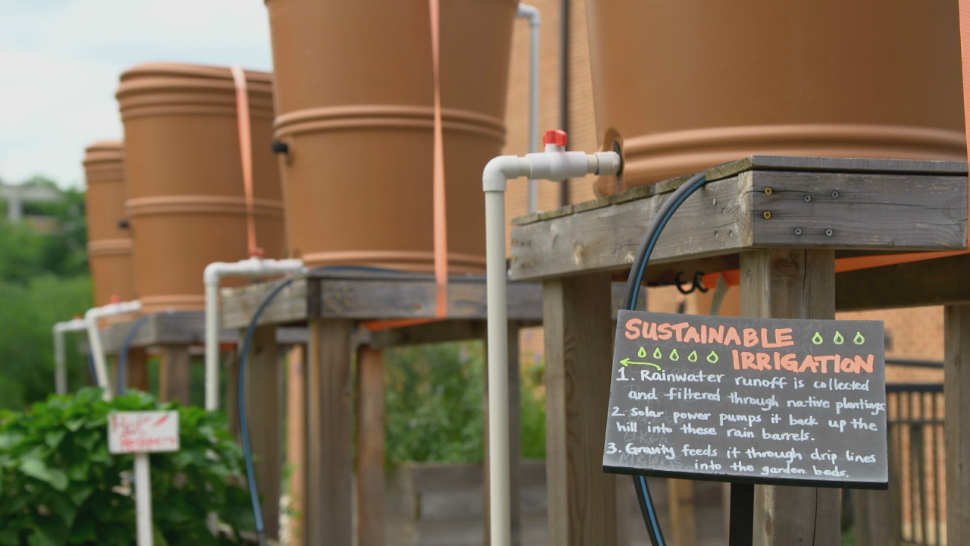John Tolley, March 11, 2017
The University of Maryland has a lofty goal: to be carbon-neutral by the year 2050. But it?s one that seems to be well on track to becoming a reality, thanks in no small part to the University Sustainability Fund.
UMD has long been a leader in collegiate green initiatives. The university?s Office of Sustainability has been in operation since 2007. And the Sustainability Fund has, since it began in 2011, awarded over $1.5 million for a variety of campus projects.
?[The fund] was started by students,? explains Andrew Muir, communications coordinator for the Office of Sustainability. ?The projects that it funds promote environmental sustainability and enhance the student experience here at the University of Maryland.?
The application process for funding is open to all faculty, staff and students of UMD. The applications are reviewed by a committee of students that advise the university?s sustainability council. The council then votes on which projects to fund each year, all of which have some form of student endorsement.
?Students have always been the change makers here on campus and across the country,? notes Muir. ?Especially as it relates to sustainability [and] making a positive environmental impact that is crucial to preserving our earth?s natural resources.?
Projects funded by the Sustainability Fund have included:
Water Bottle Filling Stations: Across campus, bottle filling stations provide an eco-friendly alternative to single-use water bottle. These stations also provide positive feedback in the form of a display that tracks how many bottles have been kept from landfills.
Living Walls in University Libraries: In 2016, the McKeldin Library received funding to construct a living wall - one that is covered in plants - that will improve air quality, dampen noise and help regulate temperature. Students from the UMD Department of Plant Sciences and Landscape Architecture will help design and install the wall in the well-trafficked building, creating a showcase of green ideas for a large audience.
Community Learning Garden: A three-fold project, The Community Learning Garden grows nutritious seasonal produce that is used in campus dining halls. It also teaches students how simple it can be to grow their own food while providing a sense of community among the various students, faculty and staff that serve as volunteer farmers.
From labs powered by solar panels to the moss-filtered swimming pools of the Eppley Recreation Center, the 90 different projects that have come to fruition thanks to the Sustainability Fund are having a direct impact on the University of Maryland of today. But for Willem Klajbor, a vice chair of the Fund?s student advisory committee, it?s more about passing down a healthier campus and world.
?I think it?s important to leave things better for future students and future generations,? says Klabjor. ?We?re able to use the fearless ideas that come from our students, our staff and our faculty to make the University of Maryland a better place.?







